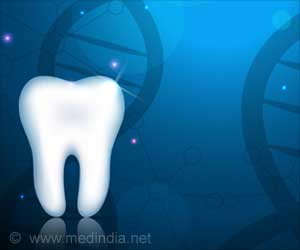Scientists have identified a cellular connection between diabetes and one of its major complications, blood vessel narrowing that increases risks of heart disease and stroke.

TOP INSIGHT
A relationship between PKA and adenylyl cyclase (AC) -- an enzyme involved in cyclic AMP (cAMP) production, a cellular messenger with a critical role in vascular cell function.
Their results showed that one AC in particular -- AC5 -- mediated cAMP and PKA activation, triggering increased calcium channel activity and blood vessel narrowing. They also found that AC5 was essential for blood-vessel constriction during diabetes. The team now hopes to test the effects of the AC5 chain reaction in high-glucose conditions in human cells. This step could confirm it as a treatment target for reducing the vascular complications of diabetes, which can include eye, kidney, cerebral, gastrointestinal and cardiovascular disease.
"We see every day in our clinics the devastating impact of diabetes on the health and lives of our patients," said co-author Nipavan Chiamvimonvat, the Roger Tatarian Endowed Professor in Cardiovascular Medicine at UC Davis Health. "Our work brings into much clearer focus how high glucose can damage the vascular system and gives us a new target for blocking its effects."
Source-Eurekalert
 MEDINDIA
MEDINDIA




 Email
Email










